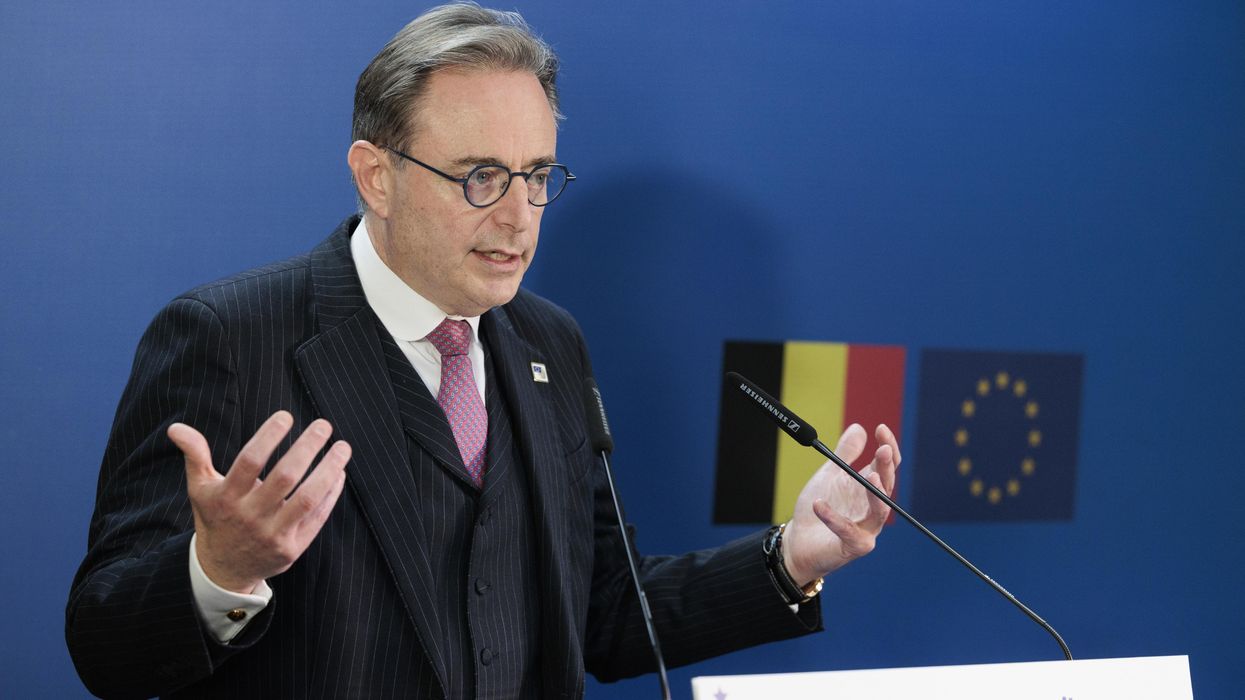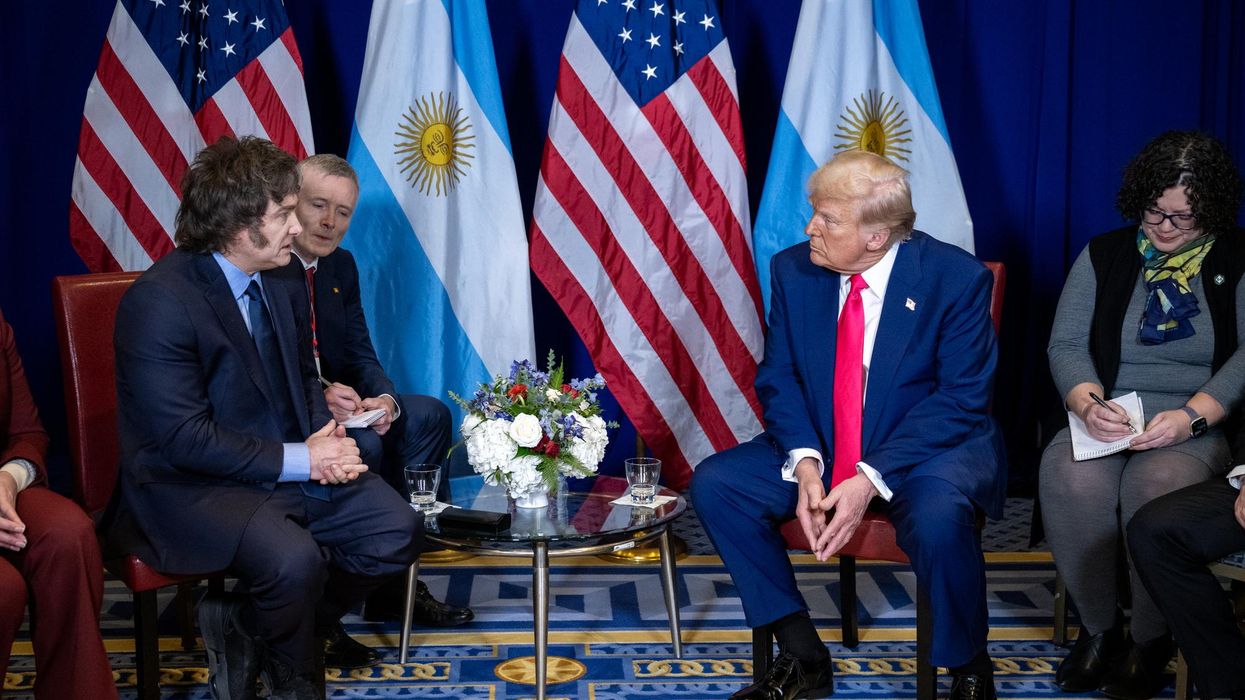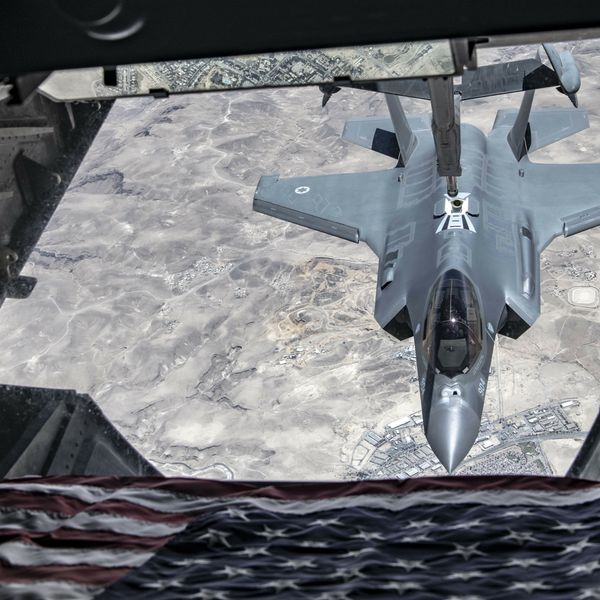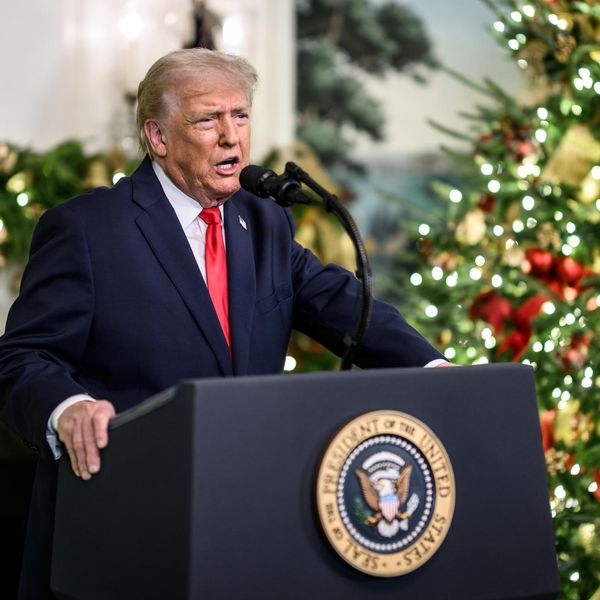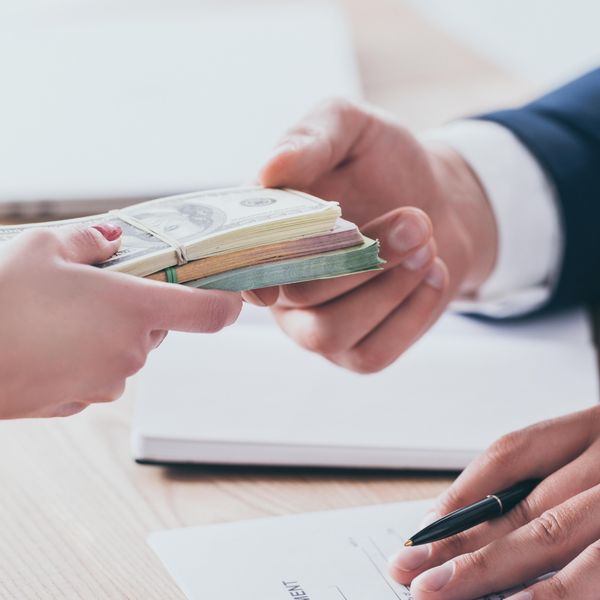Amid the escalating conflict and evolving humanitarian crisis in the war between Russia and Ukraine, a growing chorus of voices in Washington are urging the Biden administration to become more deeply involved, forcing the White House to thread a dangerous needle.
Many in the Washington foreign policy establishment, including members of Congress have called on the White House to impose a no-fly zone over Ukraine and accept a Polish offer for the United States and NATO to transfer Polish Mi-29s fighter jets to Ukraine. Other proposals include sending U.S.AF A-10 Warthog attack aircraft or advanced Patriot air-defense systems to Ukraine.
The United States and NATO allies need to weigh these various proposals carefully. On the one hand, they will want to provide enough military equipment and other aid so Ukraine can hold out long enough for both sides to agree to a negotiated settlement is in their best interests. On the other hand, outside parties must be acutely aware of how these any actions will be interpreted by Moscow and Kyiv. Provoke Moscow too much — anything Moscow might see as a direct military intervention — and the Kremlin could escalate the war. Encourage Kyiv too much — further escalating the economic and proxy war against Russia — and Ukrainians leaders might think they have a chance to defeat the Russians rather than be forced to cut a deal with the Russians.
The Biden administration’s top priority should be pursuing a negotiated settlement acceptable to both sides. The longer the war lasts, the more the Ukrainians people will suffer and the greater the death and destruction. As it considers more weapon transfers to Ukraine, the White House, together with NATO allies, must think carefully about whether they will hinder or incentivize Moscow and Kyiv to conclude such a settlement. Here’s the unpleasant truth: calls to go beyond what the West is already doing would risk a longer and wider conflict with even more lives lost in the process.
Wars occur when nations cannot agree on their relative military capabilities and willingness to fight; they end when nations can agree on who is likely to prevail as a result of events on the battlefield. War is a form of bargaining. The fighting continues as long as one side demands more than the other side is willing to concede, and it ends when the combatants find mutually agreeable settlement preferable to continued fighting.
At the outbreak of the war, Russia not only overestimated its own military strength but it also miscalculated the willingness of the Ukrainian people to fight for their country. The Kremlin expected its military to steamroll the Ukrainian forces, but it has learned through fighting that the Russian military has a wide range of weaknesses and the Ukrainians have both the ability and will to protract the war.
Russian President Vladimir Putin must now realize that Russia will pay a “high price” for its invasion of Ukraine and, facing the prospect of a long and bloody conflict, he might be looking for a negotiated end. When Russia launched its invasion two weeks ago, Putin demanded “demilitarization,” “denazification,” and formal “neutrality” from Ukraine, as well as recognition of the Russia-occupied republics in Donetsk and Luhansk as independent states and acknowledgement of Russia’s annexation of Crimea. This was the equivalent of unconditional surrender.
But in recent days, the gulf between negotiating positions has begun to close ever so slightly, with the Kremlin signaling it is no longer bent on regime change in Kyiv, and the Ukrainian government opening the door on formal neutrality and recognizing the status of Russian-controlled territory. Russian and Ukrainian positions have become more realistic, even if they remain far apart.
Rather than facilitate a diplomatic breakthrough, an expanded U.S. and NATO military response would narrow the window on a negotiated settlement. If implemented, these proposals would worsen the fog of war, further obscuring the balance of power between Russia and Ukraine. For example, a no-fly zone is unlikely to decisively tilt the balance of power in Ukraine’s favor—the Russians would still have considerable advantages in heavy artillery and rockets—but it might be enough to convince the Ukrainian leadership that it does not need to accept armed neutrality and the loss of some Ukrainian territory controlled by the Russians.
Paradoxically, actions meant to address the humanitarian crisis and save Ukraine from Russia’s brutal and criminal invasion would doubtless cause more death and destruction without changing the ultimate outcome. And as many others have argued, these proposals pose dangerous risks of escalation — even nuclear war.
These proposed U.S.-NATO interventions could also backfire at a time when the Russian military has failed to win quickly and popular support for the war back home is relatively modest; more than 13,000 Russians were arrested for anti-war protests. Putin’s war is nothing short of a disaster. The White House would do well to heed Napoleon Bonaparte’s advice: “Never interrupt your enemy when he is making a mistake.”
After two weeks of war, Russia finds itself in a war that will be both long and costly. Its planned blitzkrieg has failed: the Russian army has suffered as many as 4,000 fatalities, according to the Pentagon, and struggles with logistical problems, poor tactical coordination, and low troop morale in the face of unexpectedly strong Ukrainian resistance. The Russian air force is faring little better — the skies over Ukraine remain contested. Though Russian military units have started to regroup and use more brutal tactics, the Kremlin must surely realize that they best can hope to achieve is a pyrrhic victory over Ukraine.
Evidence is also mounting that Russia may not be able to sustain a long war effort. Putin’s invasion of Ukraine has not caused the same rally-around-the flag effect, as was the case after he annexed Crimea in 2014. Russian military morale is also poor. Many Russian soldiers are reluctant to fight their Ukrainian neighbors, and some have sabotaged their own vehicles or surrendered after realizing the invasion was not a training exercise. The Russian public back home seems wary of the war, and public discontent is likely to grow as Russian casualties mount and economic sanctions and international isolation take a toll.
But more overt U.S. or NATO interference could be an inadvertent gift to Putin’s war effort. For years, the Kremlin has fed the Russian public a steady diet of Russian propaganda, which depicts the country as a “besieged fortress,” under constant Western attack. U.S. and NATO aircraft patrolling the skies over Ukraine, or any military presence inside the country, even if limited to humanitarian corridors, could serve as a rallying call for Russians to unite behind Putin’s invasion. Even if his hold on power remains secure, Putin has to be concerned about his ability to sustain this war. This creates strong incentives for the Kremlin to agree to a compromise peace, particularly if doubling down quickly fails to avoid a protracted war.
The pressure to act in the coming days will be enormous. Harrowing images of Ukrainian suffering will stir public conscience, and the calls for Washington act will understandably grow louder. But most of these proposals, however well intentioned, are likely to do more harm than good. American and NATO support to Ukraine has helped the country to resist so far, and it should continue, but Washington and its allies must be honest about the limits of that support and aim to bring an early end to this war.


